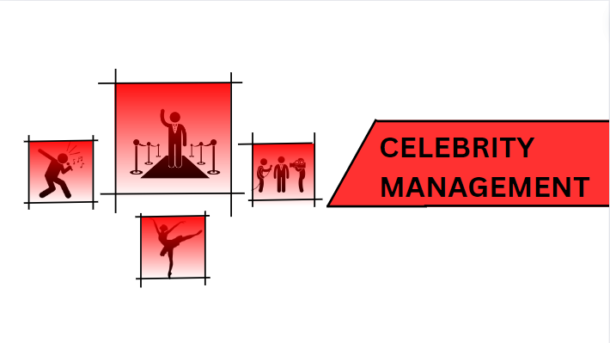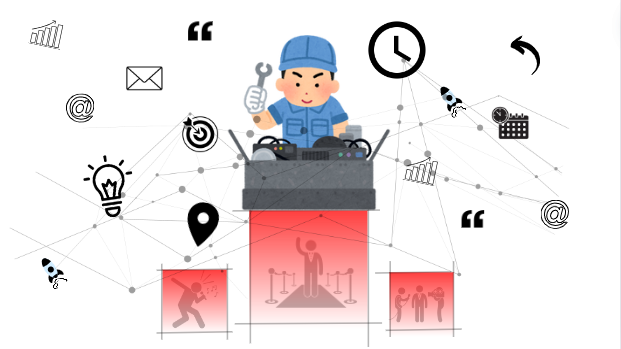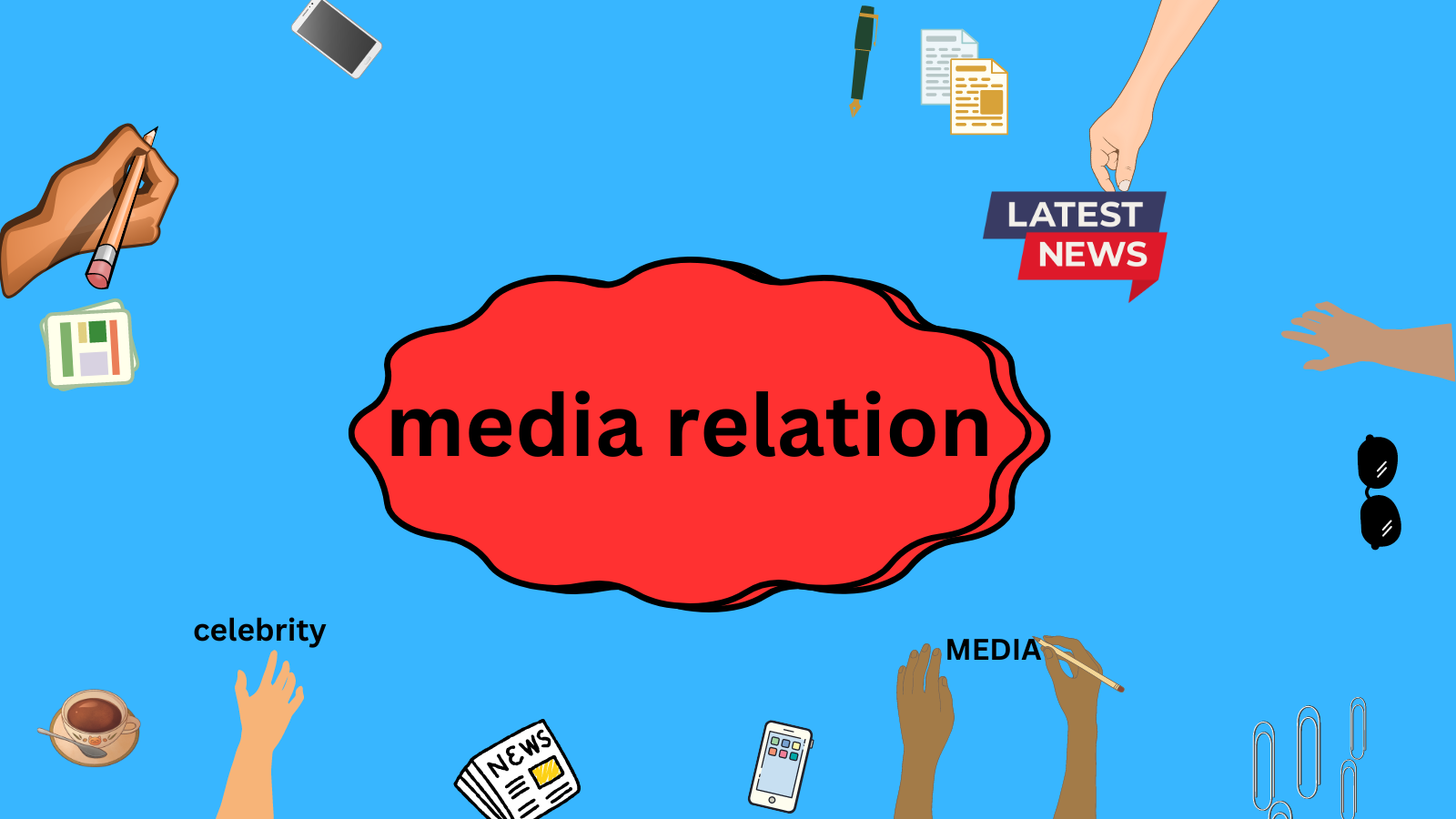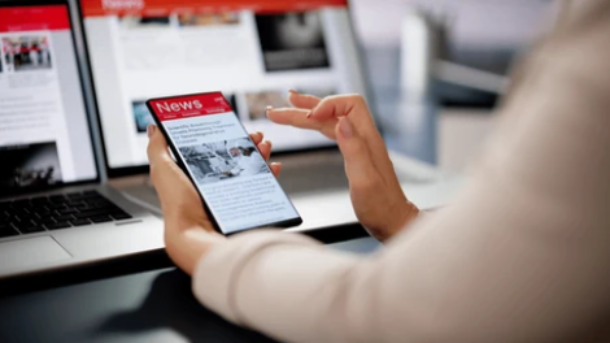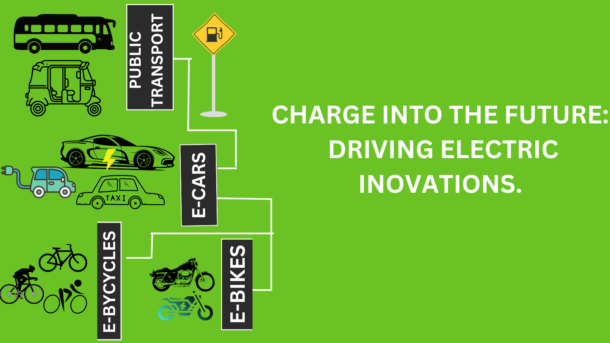Now a days businesses understand the importance of crisis communication. What constitutes a crisis communication strategy. how can I develop and execute an effective one? Let’s explore this in detail as we delve into the essential components and best practices for crafting a strong crisis communication strategy
Topics we covered
-
What is crisis communication?
-
How to Build Crisis Communication Protocols
-
Planning for Crisis Communication
-
What Are the Principles of Crisis Communication?
-
Build Effective Messages for Crisis Communication
-
5 Moves to Build Strong Crisis Communication Strategy
-
What’s Crisis Communication Outcomes?
What is Crisis Communication?1
Crisis communication is a strategic approach to maintaining information during a crisis. It aims to minimize the damage, maintain organizational credibility and help to protect brand reputation. Effective crisis communication ensures that all stakeholders including employees, customers and the media are accurately informed and encourage during turbulent times. By delivering timely and transparent information to organizations it can prevent misinformation and manage public perception effectively. which is important in protect their reputation.
How to Build Crisis Communication Protocols
Building strong crisis communication protocols is fundamental to a successful crisis management strategies.
The process begins with identifying key stakeholders who need to be informed during a crisis. This includes employees, customers, investors and the media. Understanding your audience is critical to tailoring messages effectively.
Next develop a crisis communication team composed of experts from corporate communications firms and strategic communications consultants. This team should be well trained and prepared to handle various crisis scenarios. Establish a comprehensive communication plan that highlights procedures for disseminating information, including roles and responsibilities and communication channels.
Then Create key messages that will be communicated consistently throughout the crisis. These messages should address the situation, provide updates and reassure stakeholders. Drafting response templates for different types of crises. Crisis management ensures timely and consistent communication. which can be customized as needed.
Test regularly and revising your crisis communication protocols through simulations and feedback. it helps in filtering the strategy and improving response effectively. Crisis management work on proactive approach ensures that the organization is prepared for potential crises and can respond swiftly and efficiently.
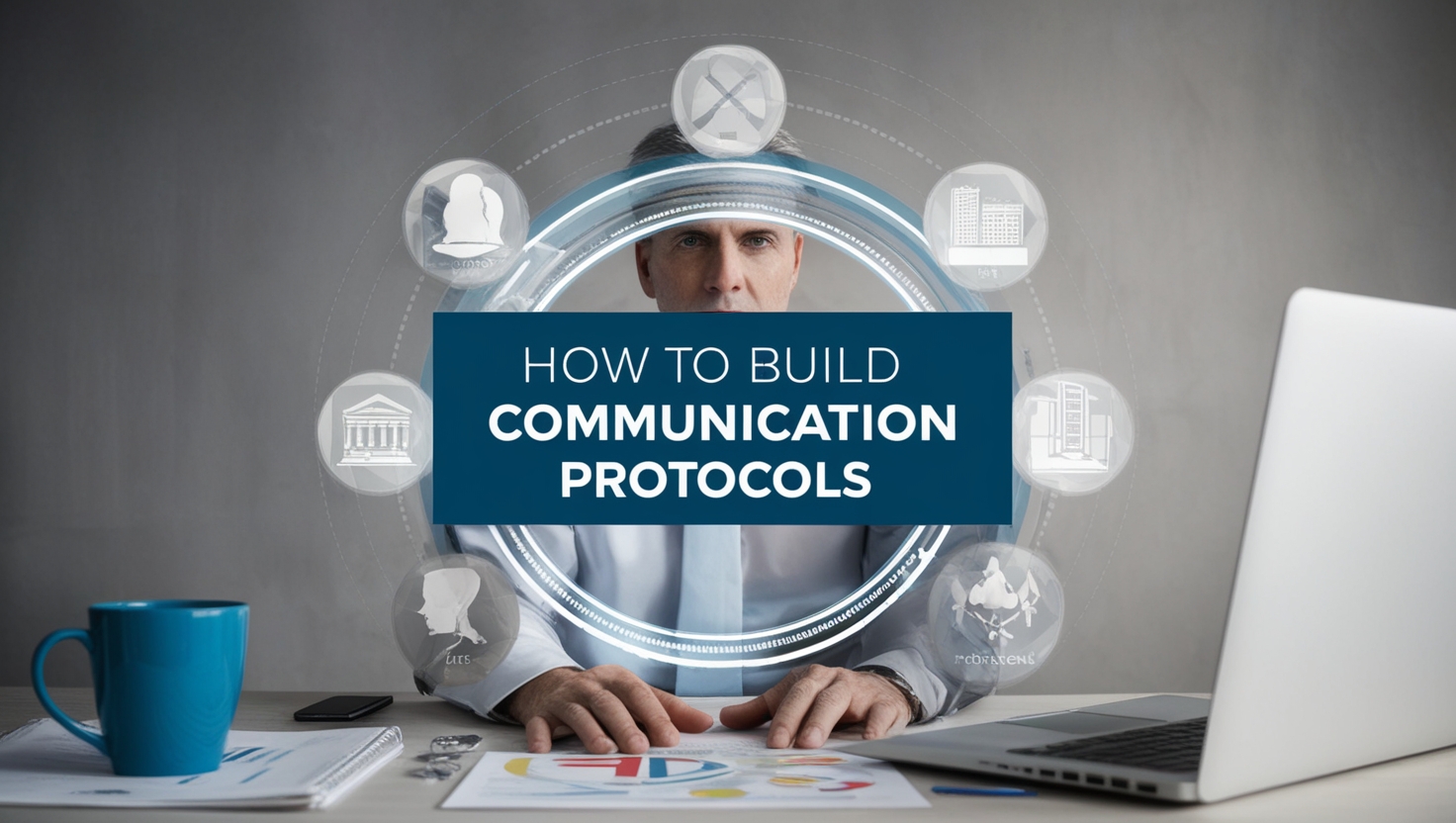
Planning for Crisis Communication
Effective crisis communication planning is beneficial for managing crises effectively. Begin with a thorough risk assessment to identify potential crises that could impact your organization. Crisis management helps in prioritizing and preparing for various crisis situations.
Develop a crisis communication strategy in collaboration with reputation management agencies. This strategy highlights how to handle different crisis situations with media relations, internal communications and stakeholder engagement. Engaging with external experts provides additional insights and support. enhance the overall crisis communication strategy.
Training and drills are crucial components of planning. Regularly train your crisis communication team and conduct drills to ensure they are prepared for real life situations. This training helps in refining the crisis communication strategy and improving response times.
Implementing a monitoring system to track media coverage and public sentiment during a crisis. for real-time adjustments and improvements in communication efforts. Continuous evaluation of the strategy and monitoring of potential risks helps in making necessary adjustments to address emerging threats.
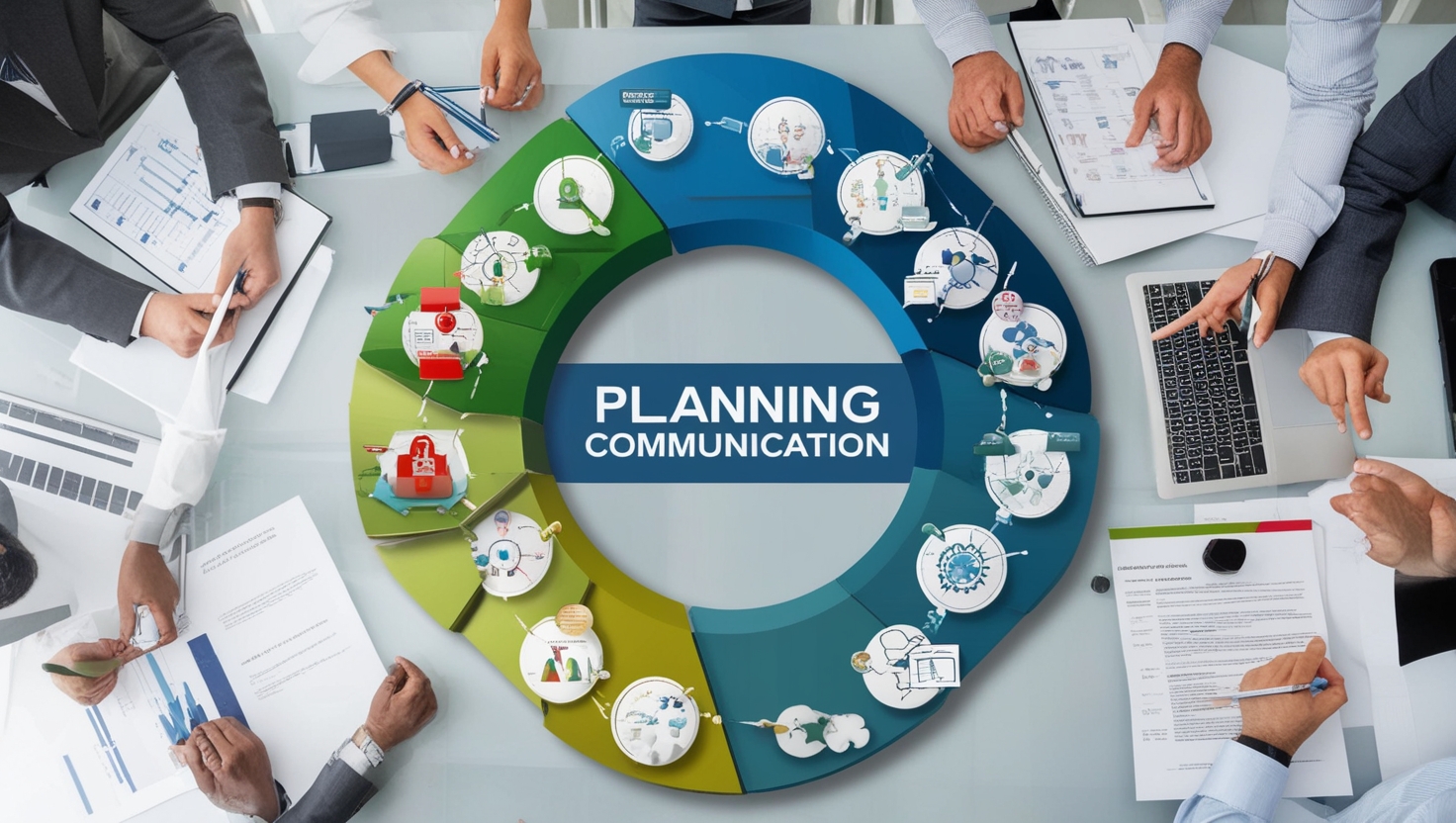
What Are the Principles of Crisis Communication?
There are some principles that the communicator should follow. These are 5 principles of effective crisis communication are discussed.
-
Clarity
-
Transparency
-
Timelines
-
Consistency
-
Empathy
Clarity
confirm that all communication is clear and concise. Avoid using technical language to ensure that the message is easily understood by everyone affected by the crisis.
Transparency
Be open and honest about the situation. Providing accurate information builds trust and credibility. which are crucial for maintaining a positive brand reputation.
Timeliness
Respond quickly to a crisis to prevent the spread of misinformation and manage public relation. Timely updates keep stakeholders informed and reassured and reducing the likelihood of rumors and risk.
Consistency
Maintain consistency in messaging across all communication channels. Inconsistent information can lead to confusion and damage the organization reputation. Ensure that all messages align with the core messages and support the overall crisis communication strategy.
Empathy
Demonstrate genuine concern and understanding towards those affected by the crisis. Showing empathy helps build rapport and trustworthy conveys that the organization cares about its stakeholders well being.
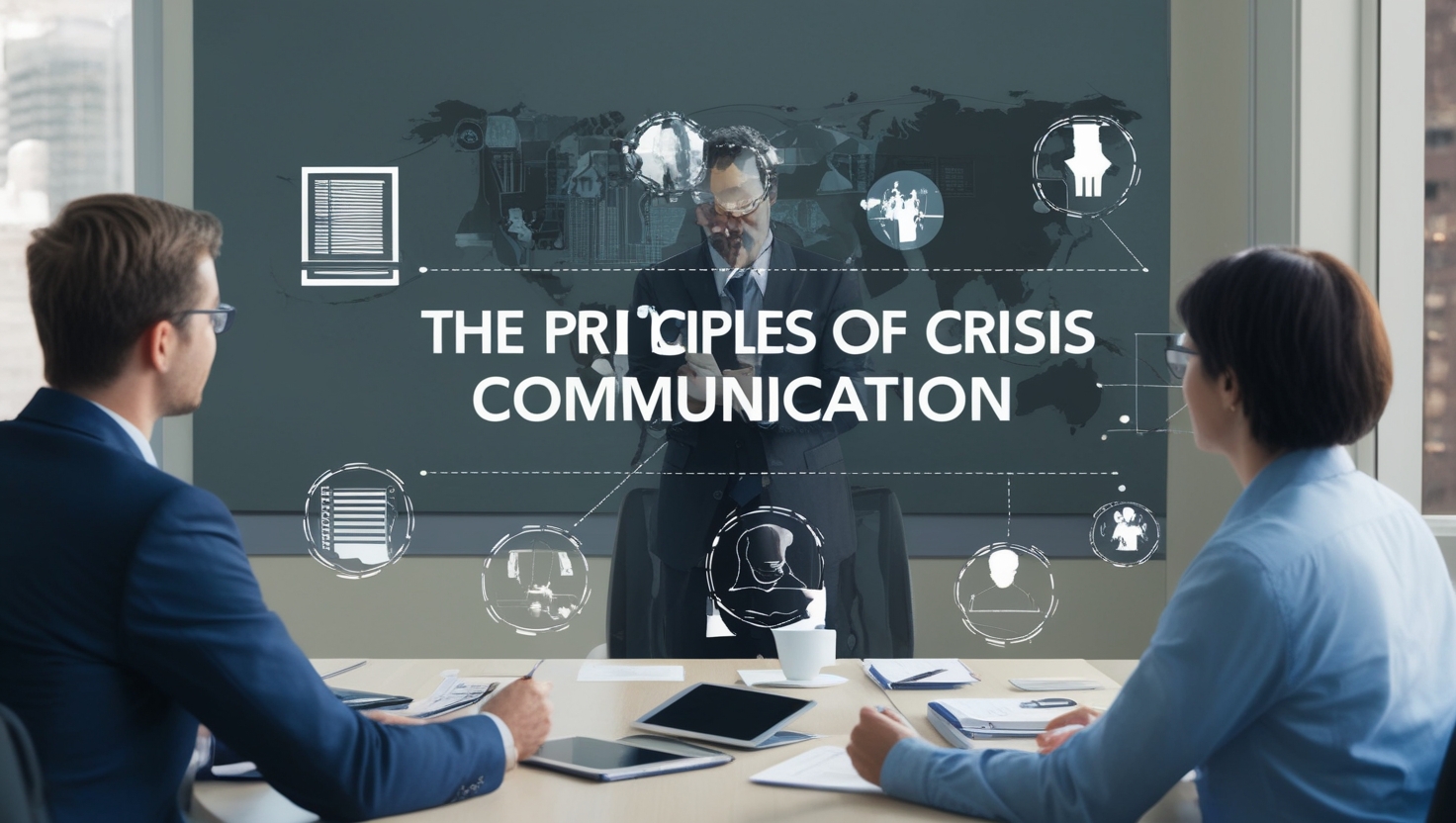
Build Effective Messages for Crisis Communication
Crafting effective messages is a basics of a successful crisis communication strategy. Start by clearly addressing the situation. Explain what happened, why it occurred and what steps are being taken to address the issue. This transparency helps manage expectations and reduce uncertainty.
Provide reassurance by highlighting the measures being implemented to resolve the organization crisis or business crisis. prevent future occurrences to encourage stakeholders which helps to maintain their confidence in the organization. Ensure that all information provided is honest and accurate to avoid further complications and potential damage to the brand reputation.
Tailor your messages to different audiences such as employees, customers and the media. Each group may require different levels of detail and focus so adapt your messages accordingly. Use multiple communication channels including social media, press releases and internal communication platforms to reach a broader audience and ensure that the message is widely disseminated.
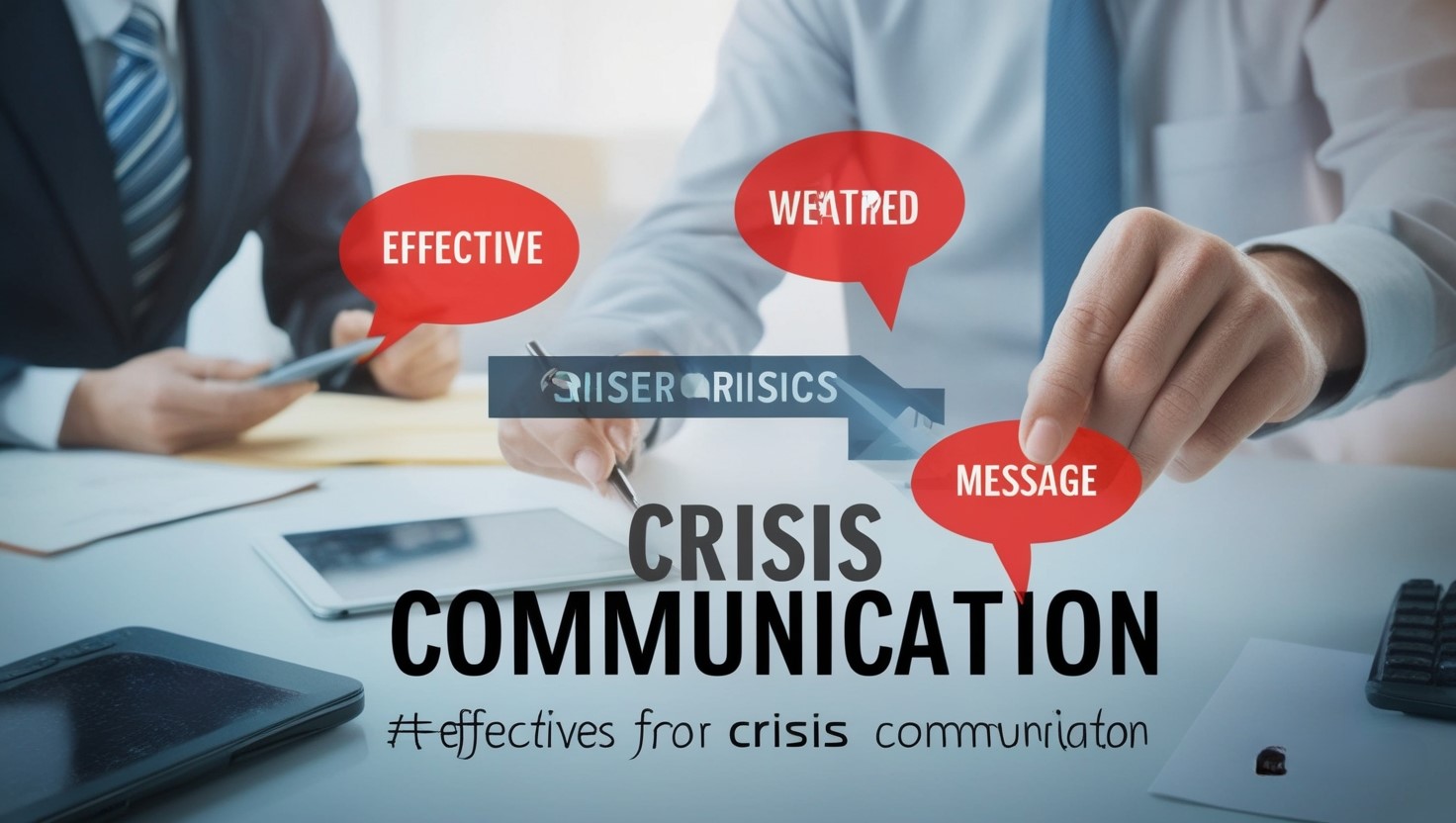
5 Moves to Build Strong Crisis Communication Strategy
Build an effective crisis communication strategy. All Communicators should consider the following steps in strategizing crisis communication:
-
Develop a Crisis Communication Plan
-
Assemble a Crisis Communication Team
-
Establish Communication Channels
-
Create a Monitoring System
-
Review and Refine
Develop a Crisis Communication Plan
Create a detailed plan that outlines how to handle various crisis scenarios. This plan should include communication protocols, roles and responsibilities, and response strategies. Engaging with corporate communications firms and strategic communications consultants can enhance the development of a comprehensive plan.
Assemble a Crisis Communication Team
Gather a team of experts from corporate communications firms or agency and strategic communications consultants. This team should be trained and ready to manage crises effectively. Their expertise will be invaluable in crafting and executing the crisis communication strategy.
Establish Communication Channels
Identify and set up communication channels that will be used during a crisis. This includes social media, press releases, and internal communication platforms. Ensuring that these channels are in place and operational helps in delivering timely and consistent messages.
Create a Monitoring System
Implement a system to monitor media coverage and public sentiment during a crisis. This system helps track the effectiveness of your communication efforts and make necessary adjustments. Monitoring tools and techniques can provide real-time insights into how the crisis is being perceived.
Review and Refine
After a crisis, review the response and communication strategy to identify areas for improvement. Use the crisis communication principless to refine your plan and better prepare for future crises. Continuous improvement ensures that your organization is more resilient and better equipped to handle future challenges.
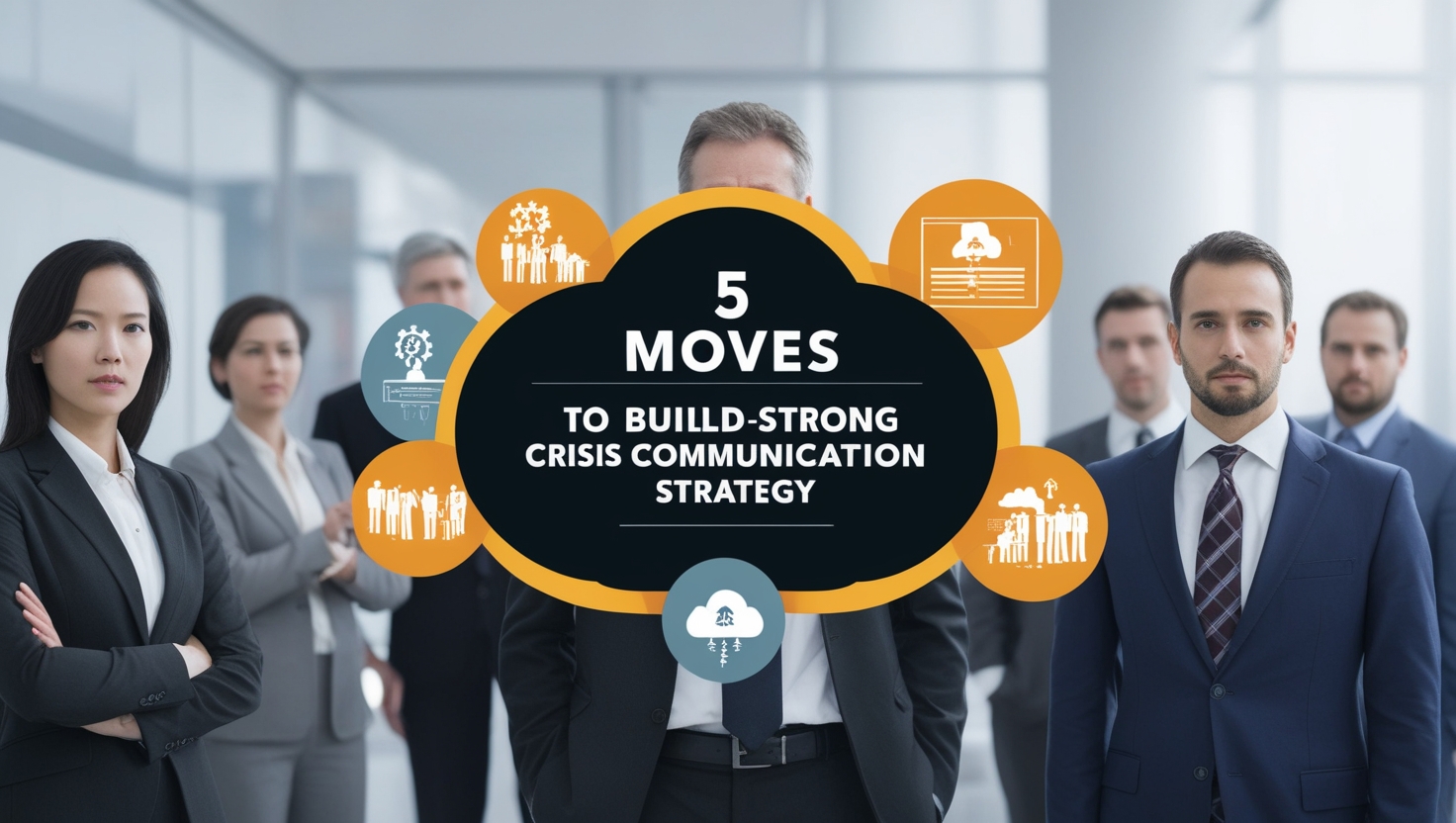
What’s Crisis Communication Outcomes?
Now a days businesses aware from crisis and businesses don’t know how to manage crisis management. A professional can help you with this process so we advised to hire a right pr agency to partner with for your business project. PR agency can help to maintain these crisis effectively.
-
Maintained Brand Reputation
-
Minimized Damage
-
Informed Stakeholders
-
Improved Response Times
Maintained Brand Reputation
Properly managed crisis communication helps preserve the organization’s brand reputation. Transparency, empathy and consistency build trust and credibility with stakeholders, which is crucial for maintaining a positive public image.
Minimized Damage
Timely and accurate communication helps minimize the damage caused by a crisis. Addressing issues promptly prevents the situation from escalating and reduces the overall impact on the organization.
Informed Stakeholders
Clear and consistent communication keeps stakeholders informed and reassured. This helps manage expectations and reduces uncertainty, which is essential for maintaining stakeholder confidence.
Improved Response Times
Well-prepared crisis communication strategies lead to faster and more effective responses. This efficiency helps address the crisis promptly and minimize its impact.
Enhanced Organizational Resilience
Organizations that handle crises effectively are better equipped to manage future challenges. A robust crisis communication strategy strengthens organizational resilience and readiness, enabling the organization to navigate future crises with greater confidence.
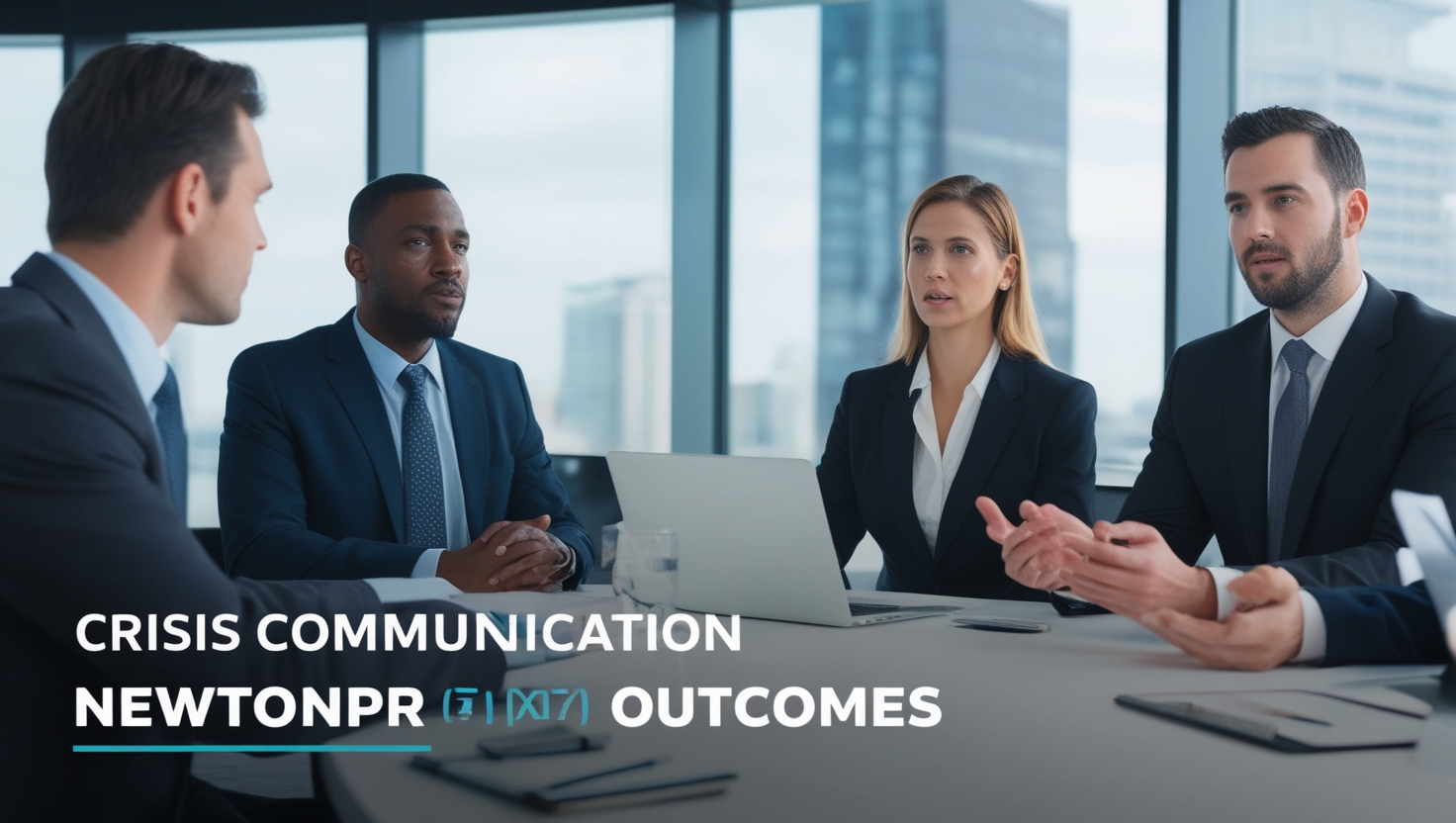
Conclusion
Crisis communication is a important aspect of managing and mitigating the impact of crises on an organization. understanding the principles of crisis communication. building effective protocols and crafting clear messages, organizations can navigate crises more effectively. Implementing a well developed crisis communication strategy supported by corporate communications firms and strategic communications consultants helps in maintaining brand reputation. ensuring positive outcomes during challenging times. Effective crisis communication not only preserves an organization’s credibility but also enhances its ability to manage future crises with greater resilience and anticipation.
what is crisis communication?
Crisis communication is a strategic approach to maintaining information during a crisis. It aims to minimize the damage, maintain organizational credibility and help to protect brand reputation. Effective crisis communication ensures that all stakeholders including employees, customers and the media are accurately informed and encourage during turbulent times. By delivering timely and transparent information to organizations it can prevent misinformation and manage public perception effectively. which is important in protect their brand reputation.
What Are the Principles of Crisis Communication?
There are some principless that the communicator should follow. These are 5 principles of effective crisis communication are discussed.
• Clarity
• Transparency
• Timelines
• Consistency
• Empathy
What’s Crisis Communication Outcomes?
Now a days businesses aware from crisis and businesses don’t know how to manage crisis management. A professional can help you with this process so we advised to hire a right pr agency to partner with for your business project. PR agency can help to maintain these crisis effectively.
• Maintained Brand Reputation
• Minimized Damage
• Informed Stakeholders
• Improved Response Times
why need crisis communication expert?
A crisis communication expert is crucial because they help organizations navigate through high-pressure situations with clear, effective messaging. They manage the flow of information, maintain credibility, and prevent confusion or panic. Their expertise ensures that the organization responds swiftly and strategically, protecting its reputation and maintaining trust with stakeholders.
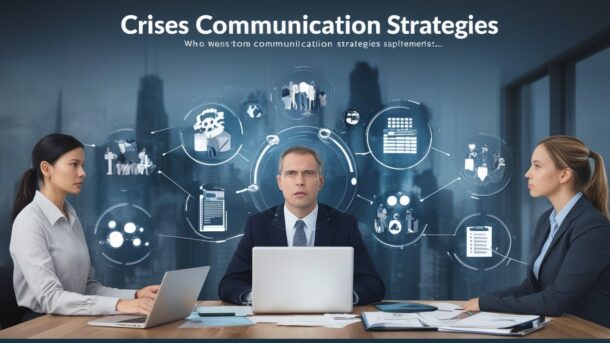

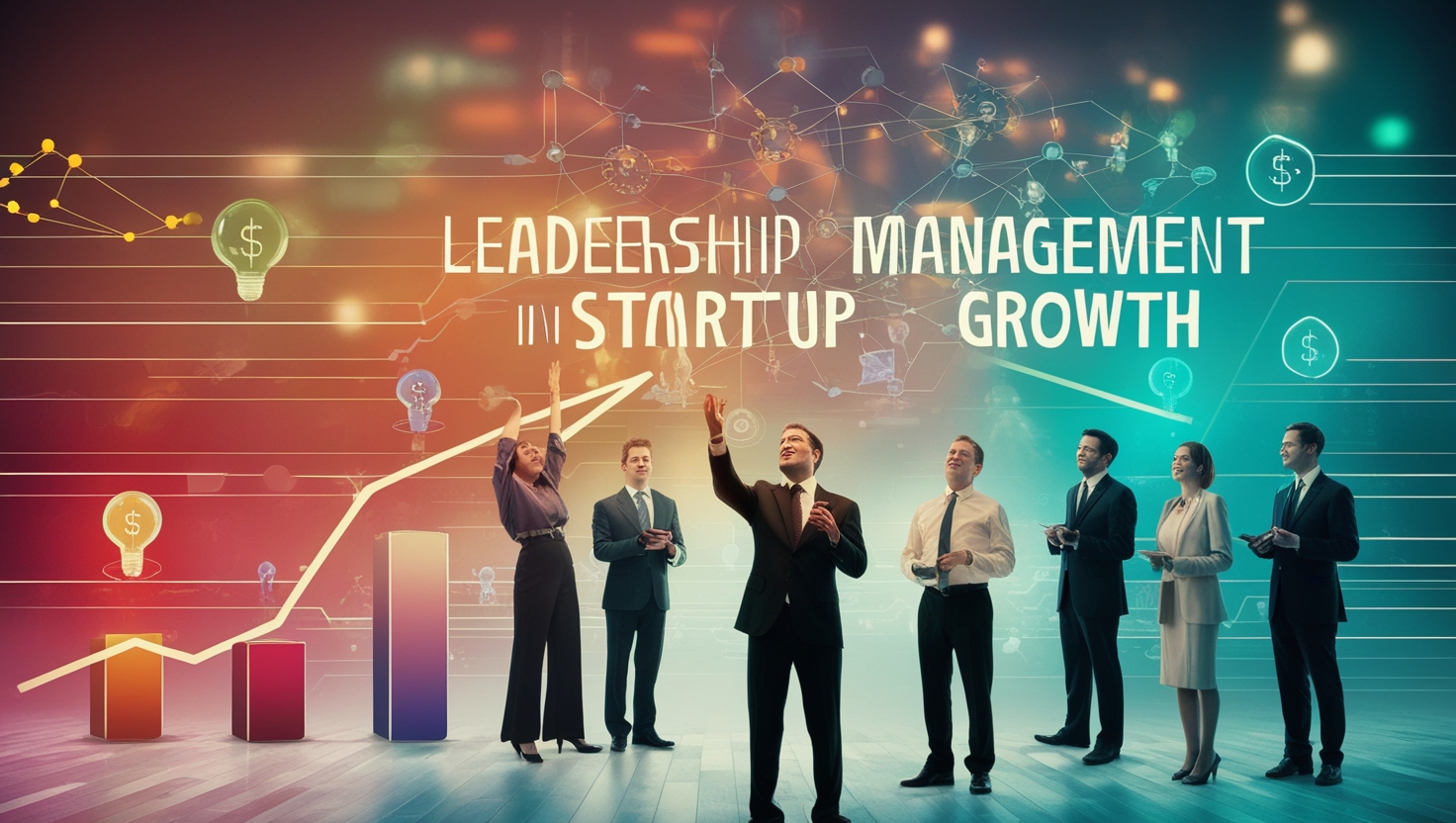


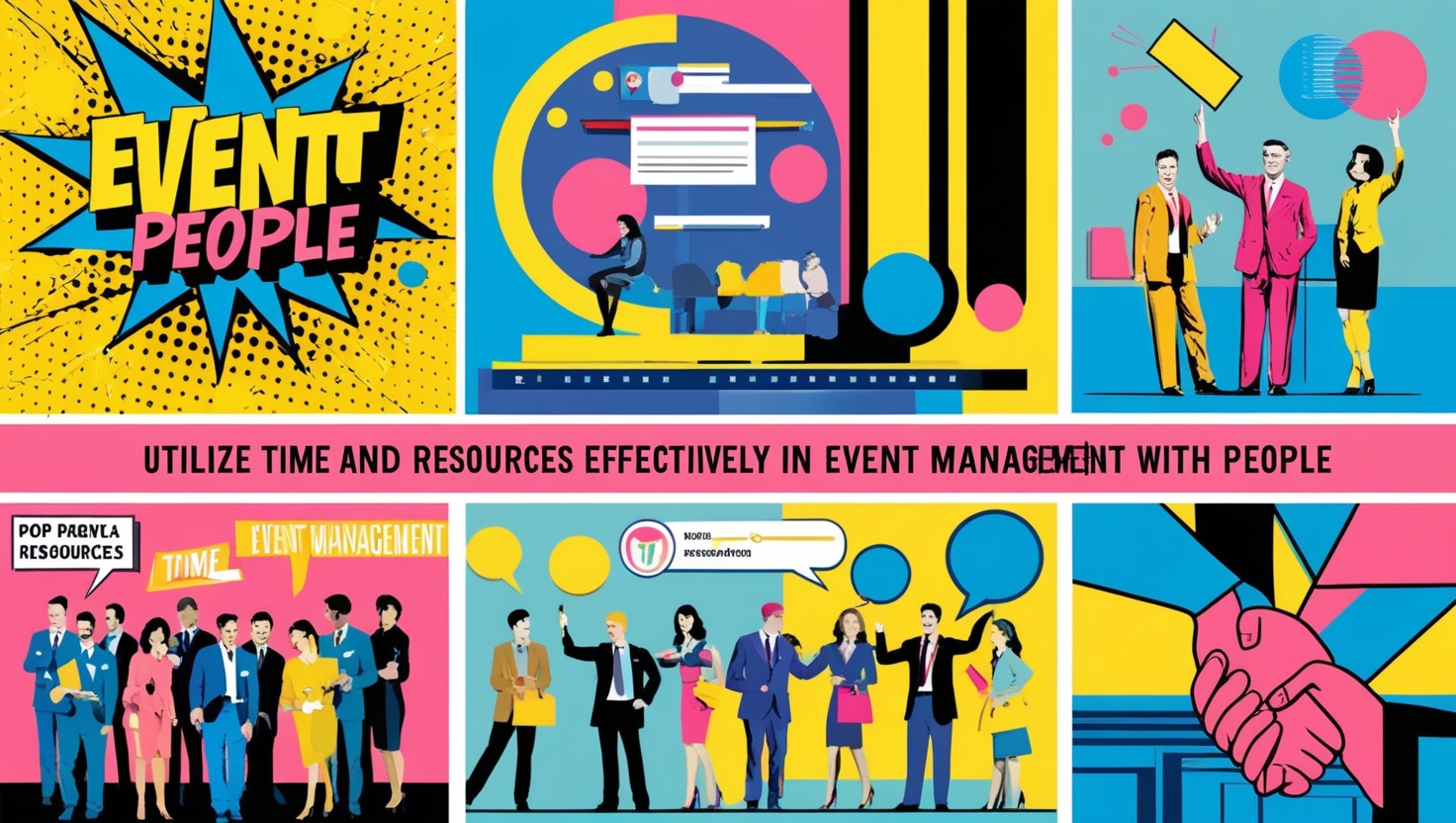
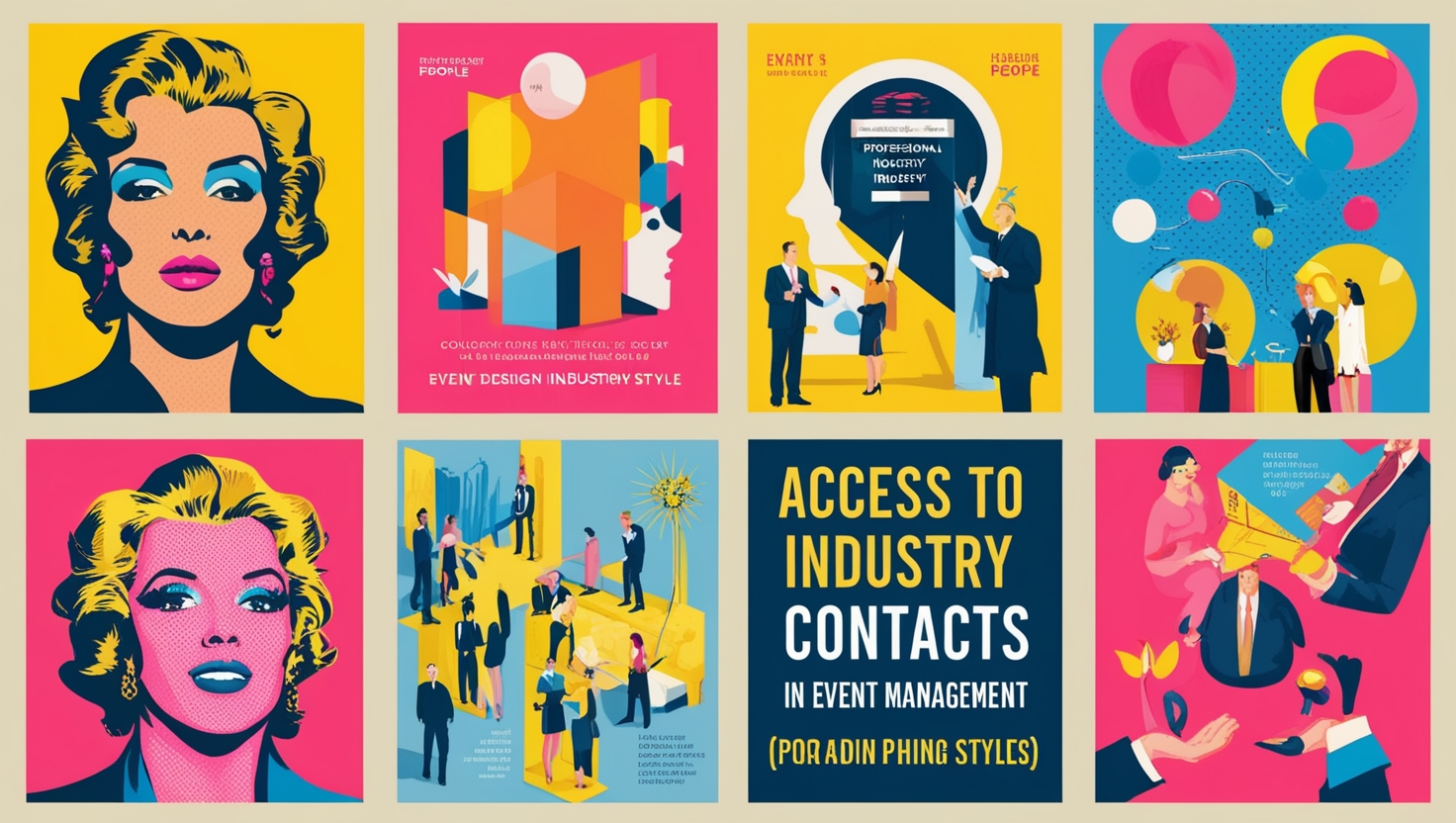

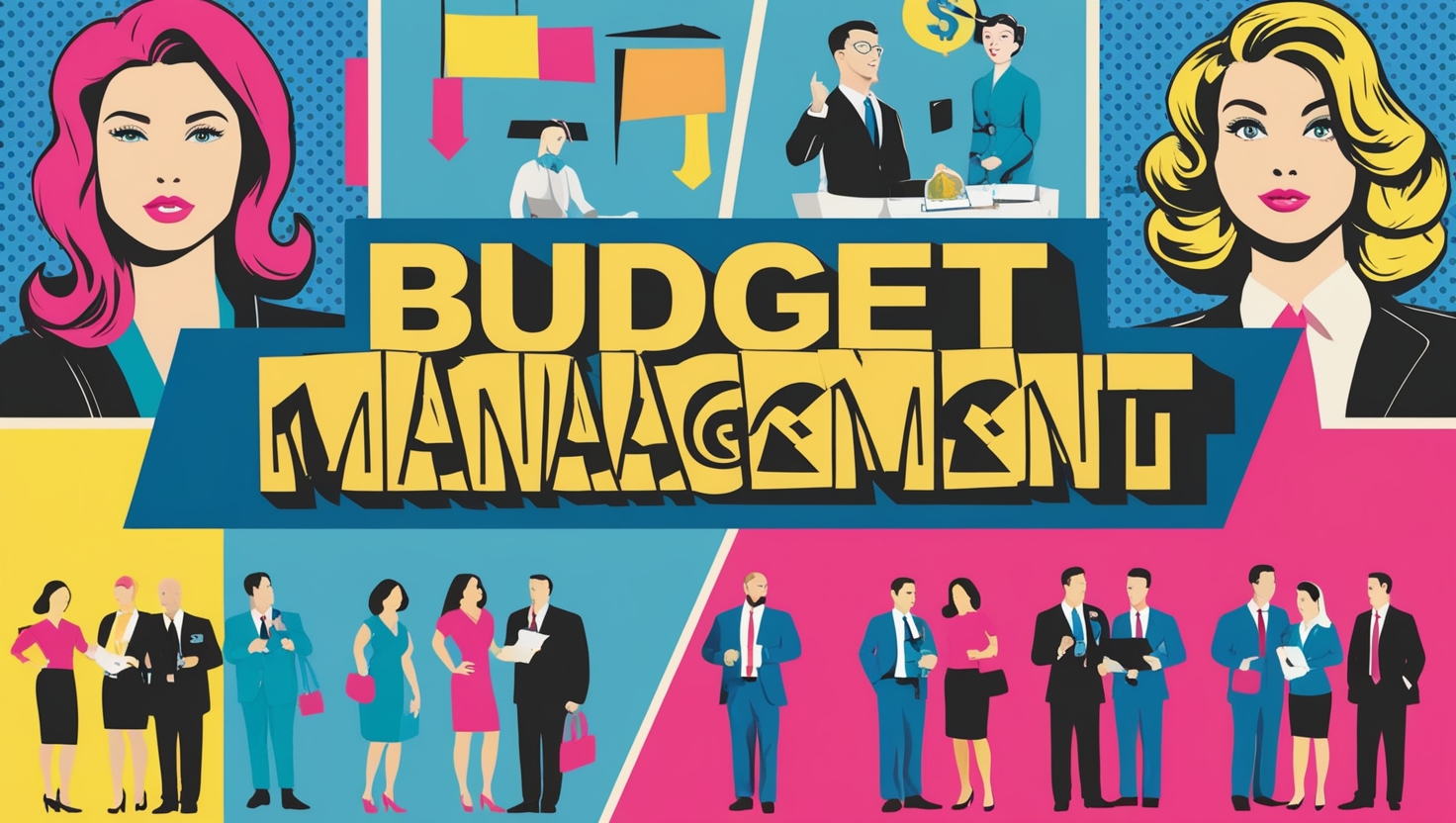 How we can help?
How we can help?

 Chatbots and AI Driven Customer Engagement
Chatbots and AI Driven Customer Engagement Predictive Analytics for PR Strategies
Predictive Analytics for PR Strategies Conclusion
Conclusion


 Conclusion
Conclusion